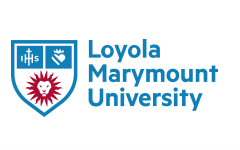Document Type
Article
Publication Date
2023
Abstract
The article presents a group of twenty-two mostly unpublished terracotta loom weights in the Villa collection of the J. Paul Getty Museum. Most have been classed as coming from the southern Italian Peninsula and are discoid or hemispherical. A functional analysis based on experimental archaeology demonstrates that these loom weights were used for weaving fine cloth. Their decoration includes dots and lines, imprints of coins, and images pressed in a mold of figures from mythology, and the iconography draws on themes from domestic life and women’s experiences. The assemblage of pyramidal and discoid or hemispherical loom weights may reflect chronological and cultural differences (e.g., Greek versus Italic) in weaving technology on the southern Italian Peninsula. Based on comparative material, we suggest dating the discoid and hemispherical Getty loom weights to the third to second centuries BCE, with a plausible context in or near Herakleia or Taranto.
Original Publication Citation
Nosch, M. L., & Sauvage, C. (2023). Ancient Loom Weights at the J. Paul Getty Museum. Getty Research Journal, 18(1), 1-34. https://doi.org/10.1086/726883
Digital Commons @ LMU & LLS Citation
Louise Nosch, Marie and Sauvage, Caroline, "Ancient Loom Weights at the J. Paul Getty Museum" (2023). Classics and Archaeology Faculty Works. 16.
https://digitalcommons.lmu.edu/classics_fac/16




